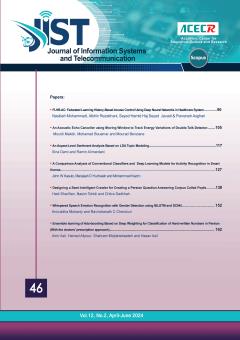Network coverage is one of the most important challenges in wireless sensor networks (WSNs). In a WSN, each sensor node has a sensing area coverage based on its sensing range. In most applications, sensor nodes are randomly deployed in the environment which causes the d
More
Network coverage is one of the most important challenges in wireless sensor networks (WSNs). In a WSN, each sensor node has a sensing area coverage based on its sensing range. In most applications, sensor nodes are randomly deployed in the environment which causes the density of nodes become high in some areas and low in some other. In this case, some areas are not covered by none of sensor nodes which these areas are called coverage holes. Also, creating areas with high density leads to redundant overlapping and as a result the network lifetime decreases. In this paper, a cluster-based scheme for the coverage problem of WSNs using learning automata is proposed. In the proposed scheme, each node creates the action and probability vectors of learning automata for itself and its neighbors, then determines the status of itself and all its neighbors and finally sends them to the cluster head (CH). Afterward, each CH starts to reward or penalize the vectors and sends the results to the sender for updating purposes. Thereafter, among the sent vectors, the CH node selects the best action vector and broadcasts it in the form of a message inside the cluster. Finally, each member changes its status in accordance with the vector included in the received message from the corresponding CH and the active sensor nodes perform environment monitoring operations. The simulation results show that the proposed scheme improves the network coverage and the energy consumption.
Manuscript profile


